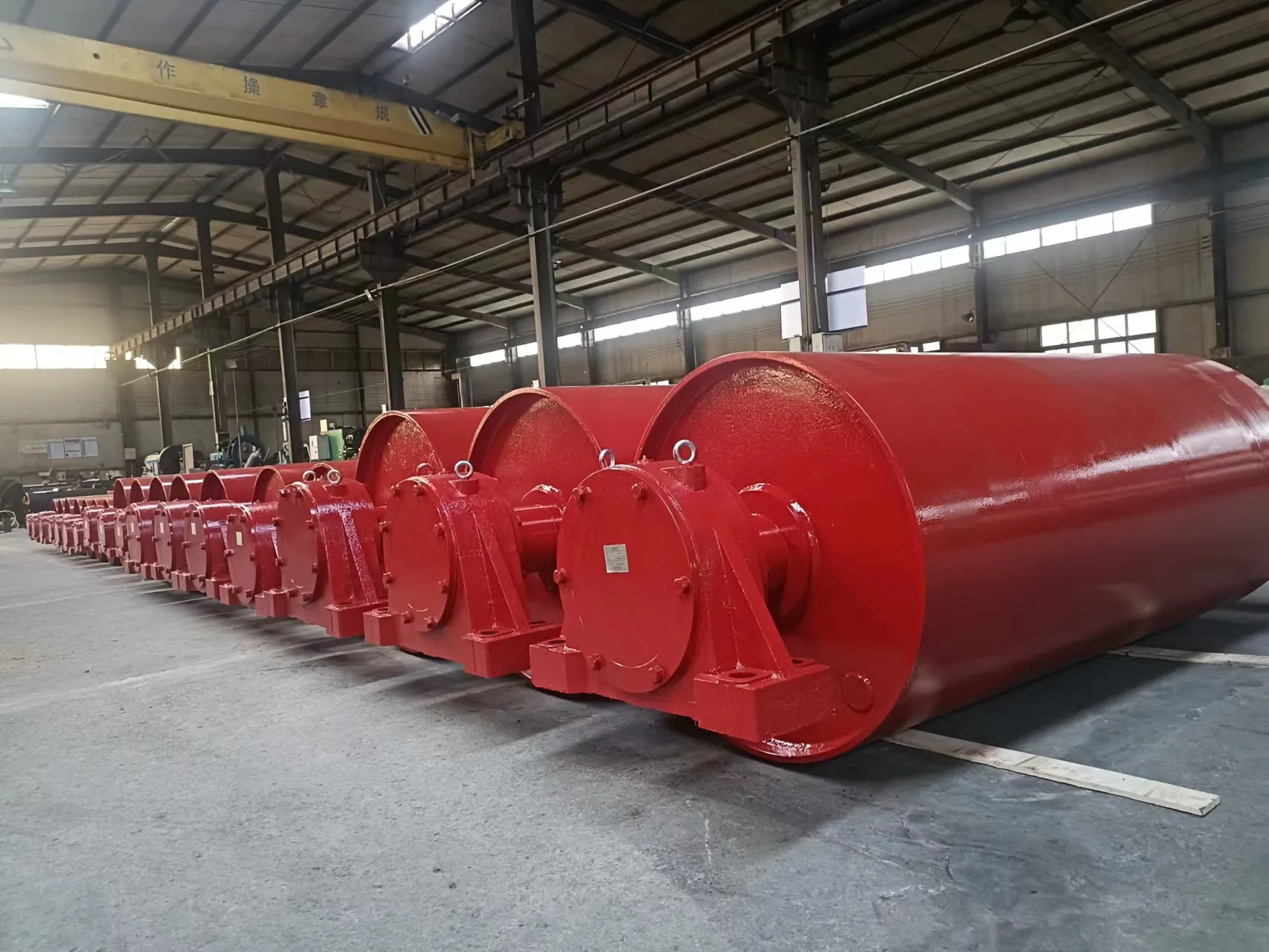 Afrikaans
Afrikaans  Albanian
Albanian  Amharic
Amharic  Arabic
Arabic  Armenian
Armenian  Azerbaijani
Azerbaijani  Basque
Basque  Belarusian
Belarusian  Bengali
Bengali  Bosnian
Bosnian  Bulgarian
Bulgarian  Catalan
Catalan  Cebuano
Cebuano  Corsican
Corsican  Croatian
Croatian  Czech
Czech  Danish
Danish  Dutch
Dutch  English
English  Esperanto
Esperanto  Estonian
Estonian  Finnish
Finnish  French
French  Frisian
Frisian  Galician
Galician  Georgian
Georgian  German
German  Greek
Greek  Gujarati
Gujarati  Haitian Creole
Haitian Creole  hausa
hausa  hawaiian
hawaiian  Hebrew
Hebrew  Hindi
Hindi  Miao
Miao  Hungarian
Hungarian  Icelandic
Icelandic  igbo
igbo  Indonesian
Indonesian  irish
irish  Italian
Italian  Japanese
Japanese  Javanese
Javanese  Kannada
Kannada  kazakh
kazakh  Khmer
Khmer  Rwandese
Rwandese  Korean
Korean  Kurdish
Kurdish  Kyrgyz
Kyrgyz  Lao
Lao  Latin
Latin  Latvian
Latvian  Lithuanian
Lithuanian  Luxembourgish
Luxembourgish  Macedonian
Macedonian  Malgashi
Malgashi  Malay
Malay  Malayalam
Malayalam  Maltese
Maltese  Maori
Maori  Marathi
Marathi  Mongolian
Mongolian  Myanmar
Myanmar  Nepali
Nepali  Norwegian
Norwegian  Norwegian
Norwegian  Occitan
Occitan  Pashto
Pashto  Persian
Persian  Polish
Polish  Portuguese
Portuguese  Punjabi
Punjabi  Romanian
Romanian  Russian
Russian  Samoan
Samoan  Scottish Gaelic
Scottish Gaelic  Serbian
Serbian  Sesotho
Sesotho  Shona
Shona  Sindhi
Sindhi  Sinhala
Sinhala  Slovak
Slovak  Slovenian
Slovenian  Somali
Somali  Spanish
Spanish  Sundanese
Sundanese  Swahili
Swahili  Swedish
Swedish  Tagalog
Tagalog  Tajik
Tajik  Tamil
Tamil  Tatar
Tatar  Telugu
Telugu  Thai
Thai  Turkish
Turkish  Turkmen
Turkmen  Ukrainian
Ukrainian  Urdu
Urdu  Uighur
Uighur  Uzbek
Uzbek  Vietnamese
Vietnamese  Welsh
Welsh  Bantu
Bantu  Yiddish
Yiddish  Yoruba
Yoruba  Zulu
Zulu Understanding Belt Conveyor Idlers and Their Importance in Material Handling Systems
Understanding Belt Conveyor Idlers A Comprehensive Overview
Belt conveyors are among the most commonly used systems in various industries for transporting bulk materials efficiently. A crucial component of these systems is the idler, which plays a significant role in ensuring the effective operation of the conveyor. This article delves into the purpose, types, and importance of belt conveyor idlers in a systematic manner.
What are Belt Conveyor Idlers?
Belt conveyor idlers are cylindrical rollers that are positioned at intervals along the length of the conveyor belt. They serve several critical functions, including supporting the weight of the belt and the material being transported, reducing friction, and helping to maintain correct belt alignment. By bearing the load of the belt, idlers minimize sagging between various supporting points and help ensure smooth and efficient operation.
Types of Idlers
There are several types of belt conveyor idlers, each designed to serve specific purposes
1. Carrier Idlers The most common type, carrier idlers support the weight of the load and the conveyor belt. They are often equipped with a standard roller design, which allows for even distribution of weight.
2. Return Idlers Located on the return side of the conveyor, these idlers support the belt as it returns to the loading point. Return idlers are crucial for maintaining tension in the belt and ensuring optimal performance.
3. Impact Idlers Used where the material is loaded onto the conveyor, impact idlers provide extra support to handle the sudden loading force. They are typically designed with cushioned surfaces to absorb impact energies.
4. Training Idlers These idlers are essential for keeping the belt aligned and preventing it from drifting off track. They are often adjustable to accommodate changing belt widths and ensure proper tracking under varying load conditions.
belt conveyor idlers

5. Self-Aligning Idlers Incorporating a design that allows them to adjust automatically, self-aligning idlers are engineered to correct the belt's path without manual intervention. They are especially useful in conditions where belts are prone to misalignment.
Importance of Idlers
The role of idlers in a belt conveyor system cannot be overstated. Here are some reasons why they are vital
- Load Support By effectively supporting the weight of the conveyor belt and its cargo, idlers reduce the risk of excessive stress on the belt, which can lead to premature wear and failure.
- Reduced Friction Idlers assist in minimizing friction between the belt and the supporting structures. However, it's crucial to select idlers that balance friction reduction with durability to ensure longevity.
- Maintenance and Downtime Reduction With proper idler selection and maintenance, companies can significantly reduce downtime. Properly functioning idlers lead to smoother operation, minimizing wear and increasing the overall lifespan of the conveyor system.
- Efficiency Improvement The correct use of idlers can contribute to the overall efficiency of the conveyor system. By maintaining alignment and reducing energy consumption related to friction, idlers ensure that material handling operates at optimal levels.
- Customization With a variety of idler designs available, businesses can customize their conveyor systems based on specific requirements. This flexibility allows for improved adaptation to different materials, environmental conditions, and operational demands.
Conclusion
Belt conveyor idlers are essential components that significantly impact the performance and efficiency of conveyor systems. Understanding the various types of idlers and their functions is crucial for industries that rely on belt conveyors for material handling. Investing in quality idlers, paired with regular maintenance, is a beneficial strategy for ensuring prolonged equipment life, minimizing operational issues, and ultimately enhancing productivity. As industries continue to evolve, so too does the technology behind conveyor systems, highlighting the enduring importance of idlers in the logistics and distribution sectors.
-
Revolutionizing Conveyor Reliability with Advanced Rubber Lagging PulleysNewsJul.22,2025
-
Powering Precision and Durability with Expert Manufacturers of Conveyor ComponentsNewsJul.22,2025
-
Optimizing Conveyor Systems with Advanced Conveyor AccessoriesNewsJul.22,2025
-
Maximize Conveyor Efficiency with Quality Conveyor Idler PulleysNewsJul.22,2025
-
Future-Proof Your Conveyor System with High-Performance Polyurethane RollerNewsJul.22,2025
-
Driving Efficiency Forward with Quality Idlers and RollersNewsJul.22,2025





























